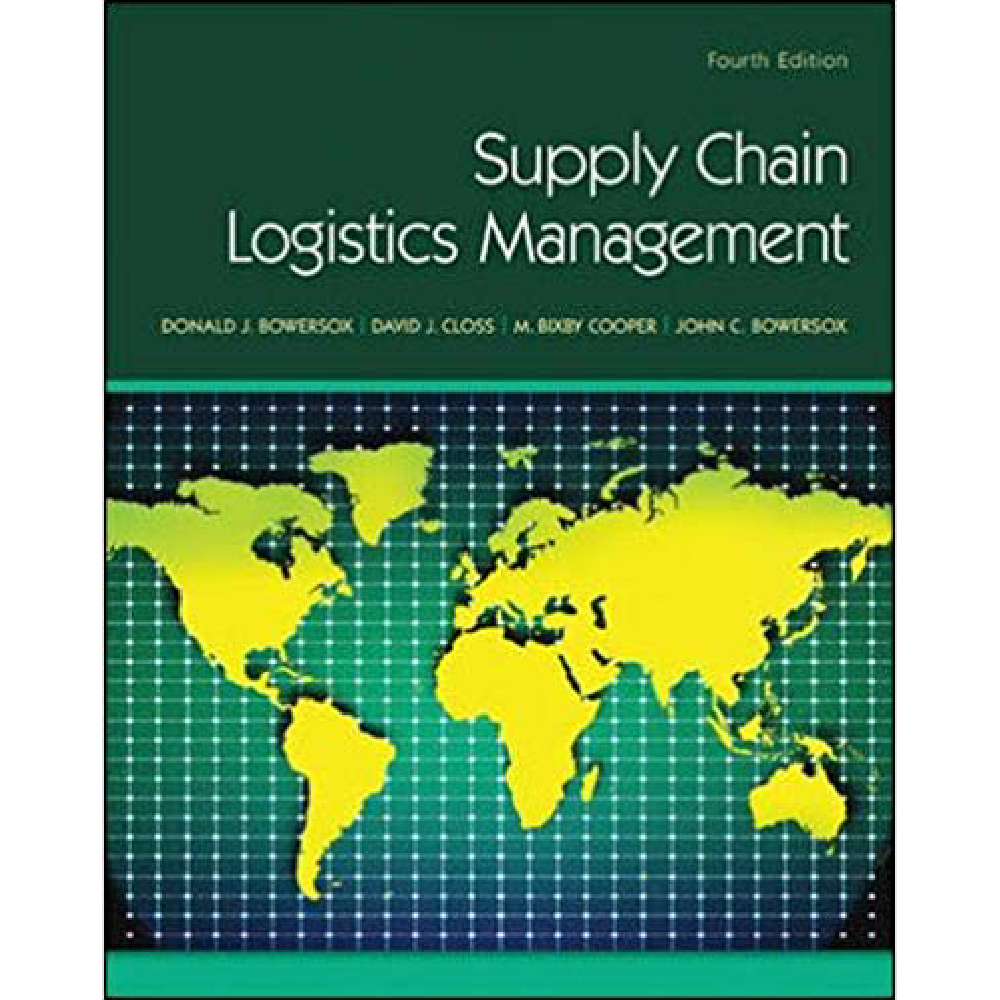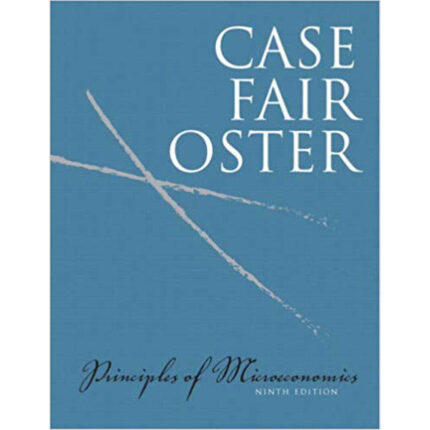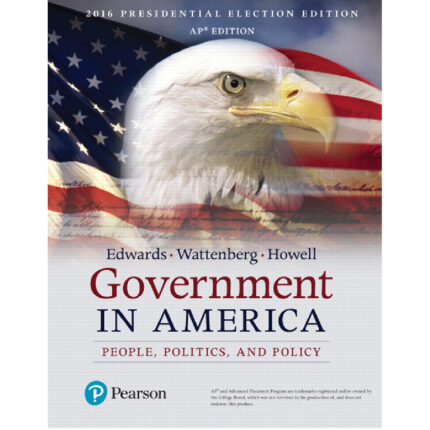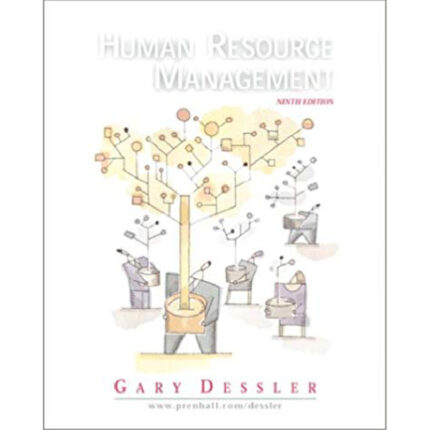Overview
Chapter eleven
Questions – Global Supply Chains
11-1 Firms are globalizing their operations today for all of the following reasons except
a. Take advantage of lower labor rates
b. Obtain reductions in value-added taxes
c. Source product from locations that involve less transportation uncertainty
d. Simplify product variations**
11-2 The characteristics of an export/import perspective are all of the following except
a. Sourcing and resource choices are influenced by artificial constraints
b. Operations are strongly driven by local presence**
c. Increase planning complexity
d. Extends domestic logistics systems and operating practices to global origins and destinations
11-3 Which of the following describes the supply chain strategy for the “International Operations: local presence” stage of global development?
a. Agents and third party logistics service providers
b. Subsidiaries and local distributors with specific business charters and visible local presence**
c. Worldwide flow of key resources to leverage global sourcing and marketing advantages
d. None of the above
11-4 Which of the following describes the product focus for the “Export/Import” stage of global development?
a. Unique production and distribution for each country served
b. Local market customization supported by postponement or local production
c. Global brands
d. None of the above**
11-5 Which of the following is not a reason for extended performance cycle times for globalized supply chains?
a. Longer production run times**
b. Longer transit times
c. Customs delays
d. Finance requirements
11-6 The major justification for Cabotage laws was
a. Reduce transportation uncertainty
b. Reduce transportation cost
c. Protect domestic shipping capacity**
d. Protect domestic infrastructure
11-7 All of the following are examples of international logistics documentation except
a. Export irrevocable commercial letter of credit
b. Certificate of origin
c. Commercial invoice
d. Shipping invoice**
11-8 Which of the following does not represent challenges for low-cost country sourcing?
a. Identification of sources capable of producing the materials in the quality and quantity required
b. Protection of the firm’s intellectual property
c. Identifying low cost production sources**
d. Inventory and obsolescence risk associated with longer lead times
11-9 All other things being equal, domestic sourcing would be suggested for
a. Products with high value**
b. Products with high labor content
c. Products with long life cycles
d. Products with low transportation uncertainty
11-10 All other things being equal, low cost country sourcing would be suggested for
a. Products with many varieties
b. Products with high security or import constraints
c. Products with low intellectual property content**
d. Products with low labor content













Reviews
There are no reviews yet.